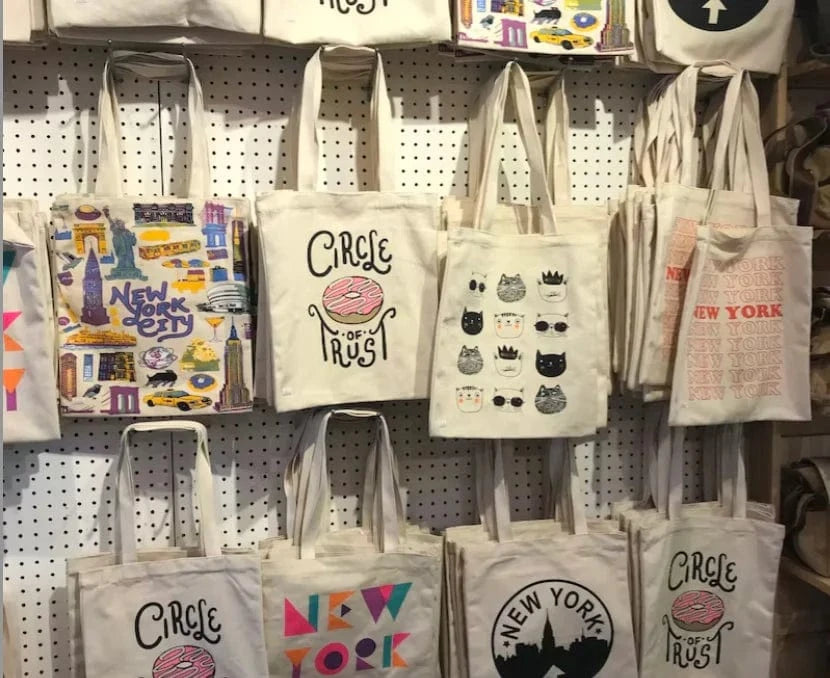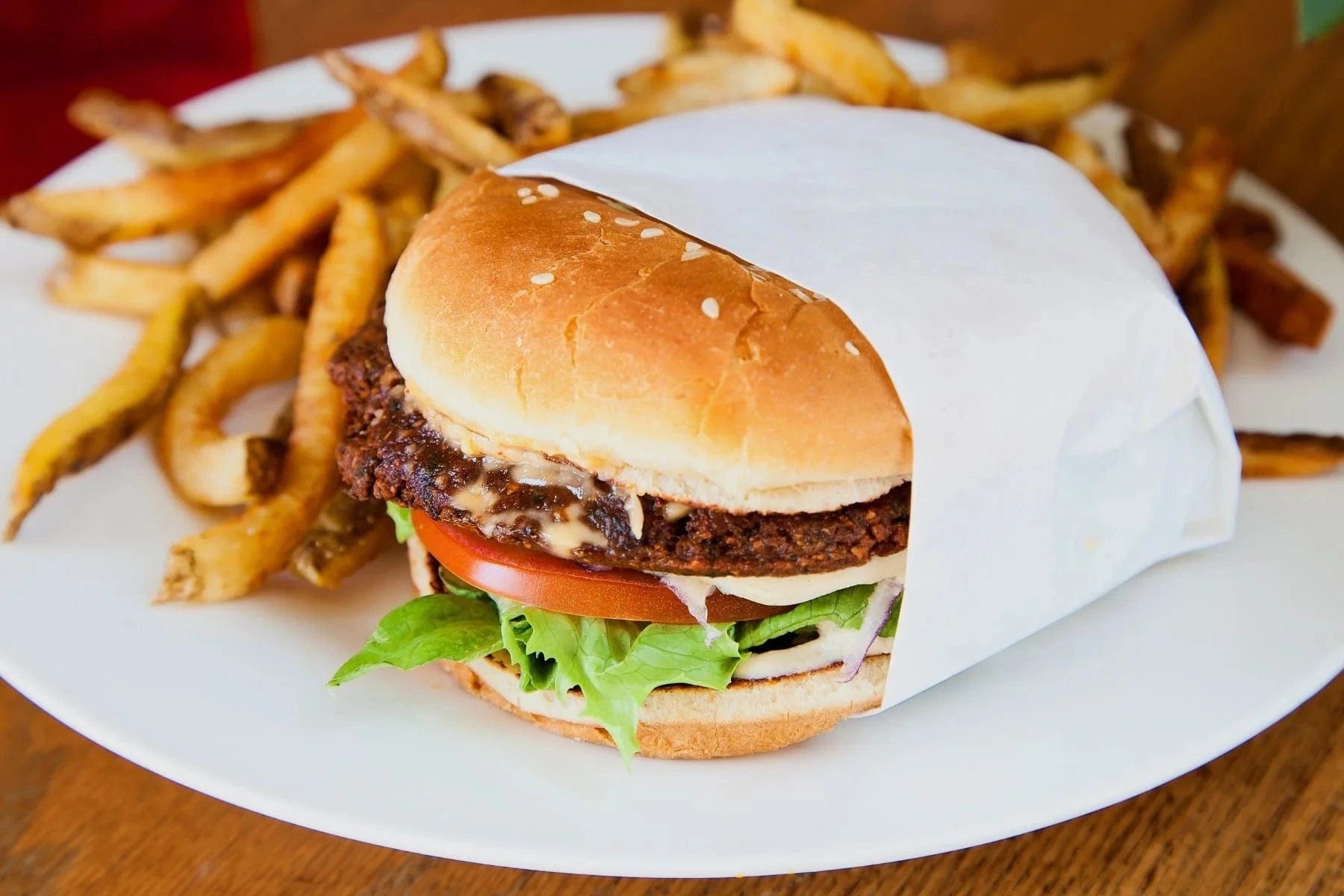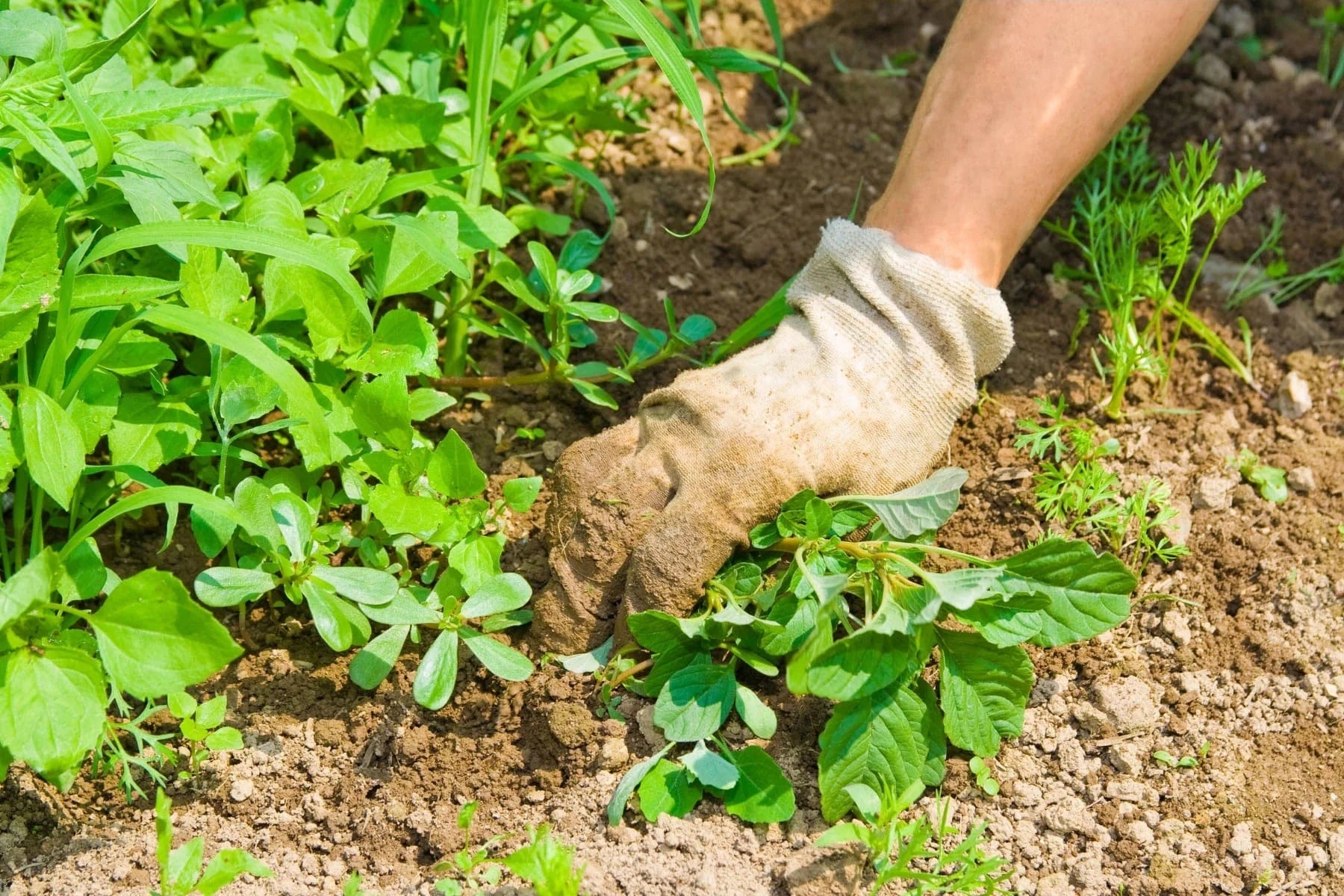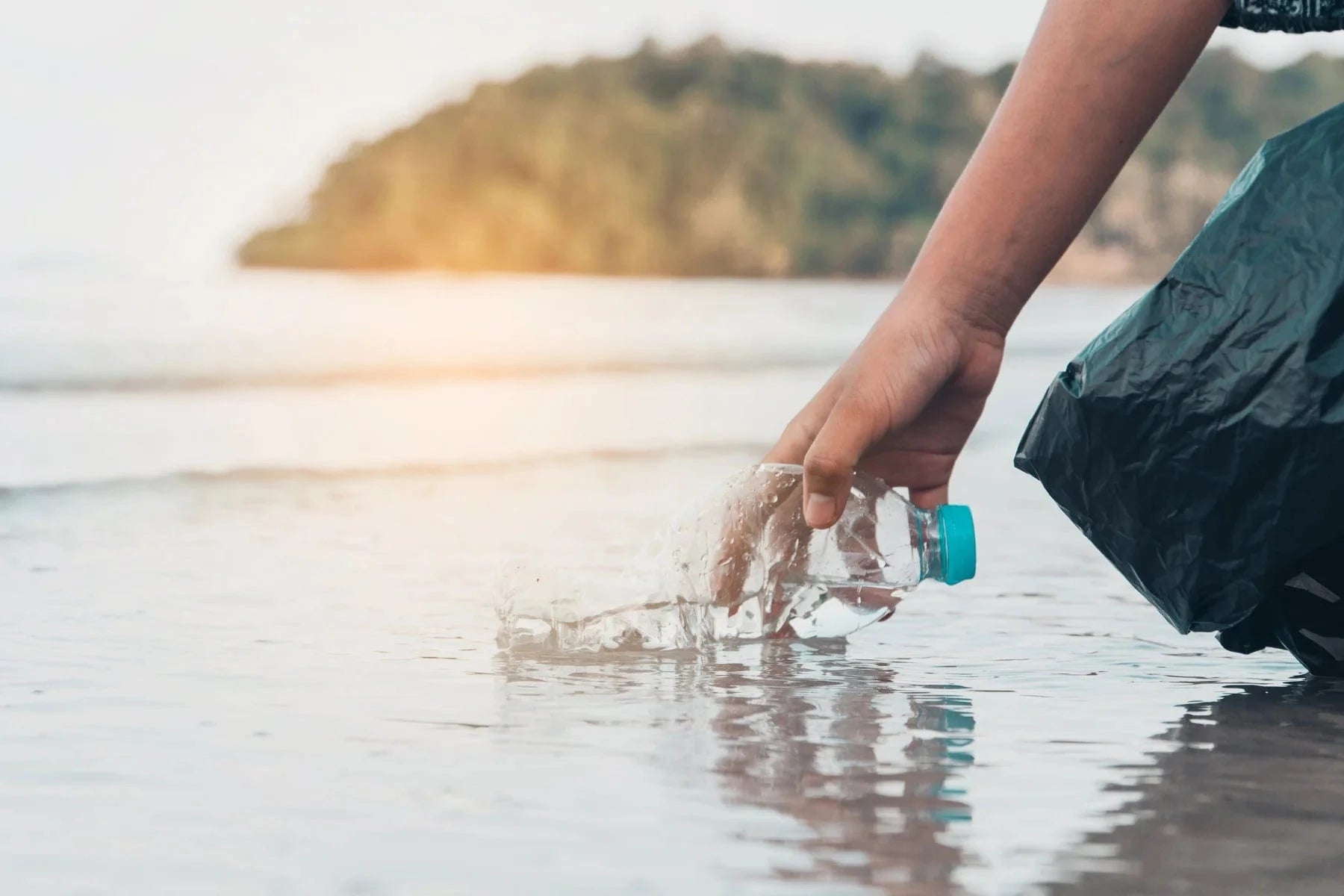
Get news, updates, & event Info delivered right to your inbox:
How to Protect Biodiversity
We often talk about the importance of conserving biodiversity in the natural world. Biodiversity, or biological diversity, is a term that's used to describe the variation of life at the genetic, species, and ecosystem levels. The interconnectedness of ecosystems and their living organisms means that millions of species of plants, animals, and fungi all depend on each other for survival.
When ecosystems are out of balance, the effects can be felt widely. A recent study found that forest loss is changing weather patterns in the Amazon, the Congo Rainforest, and Indonesia's Leuser Ecosystem Rainforest. Tropical rainforests like these control local and regional rainfall patterns; evapotranspiration from rainforest trees contributes up to 41% of rainfall in the Amazon Rainforest and up to 50% in the Congo. When deforestation occurs, there is an observable reduction in rainfall — which can have profound implications for the biodiversity that depends on healthy rainforest ecosystems.
The top threats to biodiversity include natural habitat destruction, overexploitation, biological invasions, climate change, and pollution. These threats play different roles in different regions. For example, while biological invasions are the primary threat to biodiversity in the Pacific and Atlantic Oceans, islands in the Indian Ocean and off the coasts of Asia are most threatened by overexploitation and agriculture. This makes biodiversity loss a highly nuanced issue — and underscores the importance of local expertise in guiding restoration efforts.
Biodiversity loss can affect humans, too, by causing a decline in natural resources, reducing economic and food security, and making it easier for invasive species and diseases to spread. Want to do your part to protect biodiversity but don’t know where to start? We’ve put together a short list of things you can do right now to protect biodiversity.
Here Are 7 Ways You Can Protect Biodiversity

1. Plant Trees
Our world's forests are richly layered habitats that shelter a breathtaking range of biodiversity — including 80% of amphibian species, 75% of bird species, and 68% of mammal species. Planting trees restores critical habitat for these species, some of which can be found nowhere else on earth.
Tree planting also helps clean the air and water, improve soil stability, protect endangered species, and foster the return of native flora and fauna. And those are just a few reasons to plant trees!

2. Shop Sustainably
You can shop sustainably by choosing to support brands that care. Pro tip: Googling sustainable products in your area before you leave the house can help you recognize eco-friendly brands.
Another easy tip is to always bring a reusable bag with you when you shop so you can avoid using plastic bags. Plastic waste is a major driver of biodiversity loss, ecosystem degradation, and climate change — and according to the IUCN, an estimated 20 million metric tons of plastic litter end up in the environment each year.

3. Eat (or Drink) More Plants
The World Resources Institute (WRI) estimated that agriculture accounted for a cumulative 12.3% of greenhouse gas emissions in 2020. That makes the way we grow and transport our food one of the top causes of climate change.
Clearing forests for livestock is also one of the main causes of global deforestation, which in turn causes biodiversity loss. Swapping your whole milk for oat milk or opting for a veggie burger at dinner time is a simple way to help protect biodiversity.

4. Stop The Spread of Invasive Species
Do your part to protect the environment by reporting sightings of invasive species to the appropriate database — and always opt to plant native species in your yard.
Another great way to help is by volunteering to plant native species or participate in efforts to remove invasive plants in your community.

5. Reduce Pollution
Pollution seeps into the air, water and soil, releasing toxins into the natural environment. This poses a risk to the health of all living organisms that live in or near polluted areas.
Help decrease pollution by participating in beach or community clean-ups. This is also a good tine to rethink your consumption habits and find ways to reduce your waste.

6. Advocate for Green Alternatives
Advocating for green alternatives can be as simple as messaging your favorite brand and asking about their sustainable initiatives. When enough people voice their concerns, brands will be more likely to prioritize sustainability to keep customers happy.

7. Research Local Biodiversity
Understanding how humans interact with local biodiversity is an important step toward protecting it. Do your research on the biodiversity in your area and the ways that you can help. Sometimes it’s as simple as requesting animal crossing signs for local wildlife or planting bee-friendly flowers in your garden!
So there you have it. We hope we've inspired you to take action for biodiversity. Ready to get started? Plant trees for biodiversity today!
Get news, updates, & event Info delivered right to your inbox:
Related Posts
9 Sustainable New Years Resolutions
18/12/2025 by Meaghan Weeden
Inspirational Quotes About Trees
16/12/2025 by Meaghan Weeden
The 9 Oldest, Tallest, and Biggest Trees in the World
11/12/2025 by One Tree Planted
Popular On One Tree Planted
Inspirational Quotes About Trees
16/12/2025 by Meaghan Weeden
The 9 Oldest, Tallest, and Biggest Trees in the World
11/12/2025 by One Tree Planted
What Causes Deforestation?
10/07/2025 by Meaghan Weeden
Fundraising Disclosures

Be Part of the
Restoration Movement
The Grove is more than just a monthly giving program: it's a vibrant community of individuals who are dedicated to reforestation and environmental restoration on a global scale.
As a member of The Grove, you affirm your commitment to restoring forests, nurturing biodiversity, and fostering positive global change.



